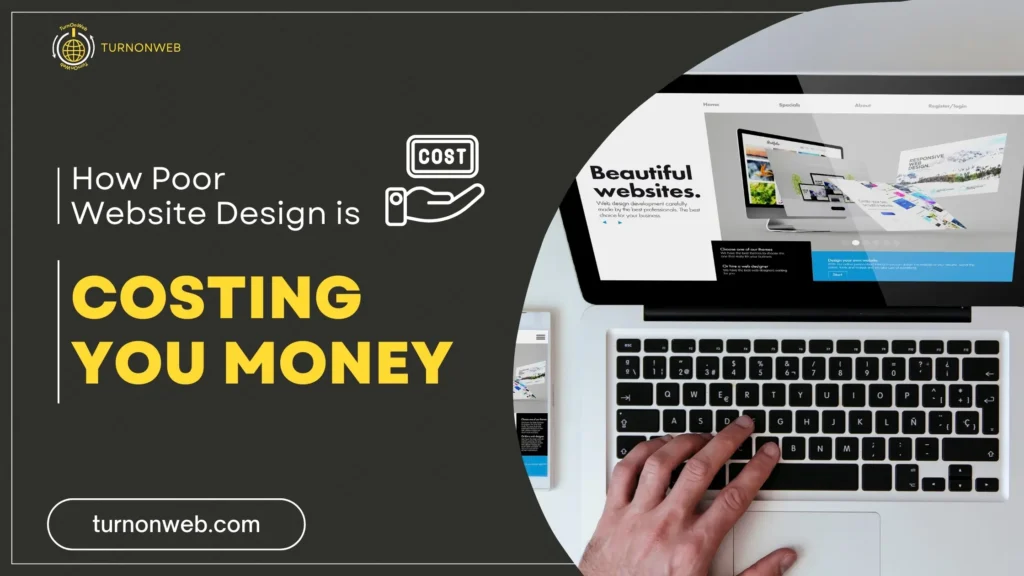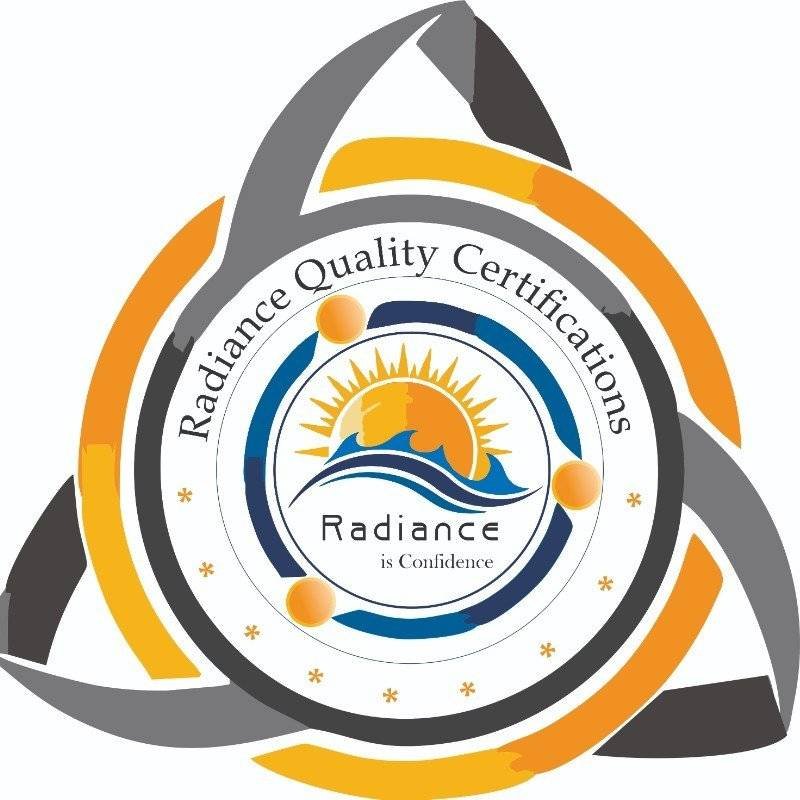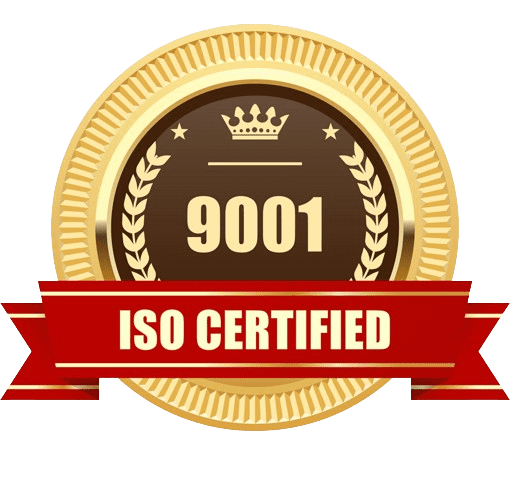How Poor Website Design is Costing You Money

Hidden Costs of Neglecting Your Website
In today’s digital age, your website is often the first interaction potential customers have with your business. It’s your online storefront, marketing tool, and customer service hub rolled into one. But what happens when this crucial asset doesn’t perform as it should? Small businesses, entrepreneurs, and marketing professionals may overlook the importance of a well-optimized website, not realizing how much a bad website might be costing them.
In this blog post, we’ll uncover the signs of a subpar website, explore the financial pitfalls of neglecting it, and offer actionable insights on how to revamp your online presence.
The Importance of a Website in the Modern Business Landscape
A website is no longer just an optional add-on for businesses; it’s a necessity. Consumers today expect to find information quickly and easily online, and if your business isn’t visible there, you’re missing out on countless opportunities. A well-designed website can enhance your brand’s reputation, improve customer engagement, and drive conversions.
However, the opposite is also true. A poorly functioning website can lead to lost customers, diminished trust, and ultimately, loss of revenue. According to Neil Patel, a renowned digital marketing expert, “Your website is the center of your digital ecosystem, like a brick-and-mortar location. The experience matters once a customer enters, just as much as the perception they have of you before they walk through the door.” This sentiment underscores the critical role a website plays in shaping perceptions and influencing purchasing decisions.
A strong online presence is particularly vital for small businesses and entrepreneurs looking to compete with larger companies. Your website should convey professionalism, provide value, and encourage visitors to take action, whether that’s making a purchase, signing up for a newsletter, or reaching out for more information. By understanding the importance of a website, you set the stage for business growth and success in the digital world.
Related: 5 Reasons Why Your Business Needs a Website in 2024
Signs of a Bad Website
Identifying the signs of a bad website is the first step toward improvement. Many entrepreneurs and business owners may not even realize their site is underperforming until it’s too late. Here are some common indicators that your website needs attention:
Poor User Experience
A website with a complicated navigation structure, slow loading times, or an outdated design can frustrate users and drive them away. Visitors should be able to easily find the information they’re looking for without feeling overwhelmed or confused. If your site lacks intuitive navigation or isn’t mobile-friendly, it’s time to consider a redesign.
Lack of SEO Optimization
A bad website often fails to appear in search engine results, making it difficult for potential customers to find you. SEO, or search engine optimization, is essential for increasing your website’s visibility. If your site isn’t optimized for relevant keywords, such as “small business SEO,” you’re likely missing out on valuable organic traffic.
Outdated Content
Content that hasn’t been updated in months or years can make your business appear inactive or irrelevant. Regularly refreshing your content not only keeps your audience engaged but also signals to search engines that your site is active. If you notice outdated information or infrequent updates on your website, it’s time to invest in content creation.
To learn more about signs of a bad website, check out this LinkedIn Post.

How a Bad Website is Costing You Money
The financial implications of a bad website extend beyond the obvious. Here are some ways your website might be costing you money:
Lost Revenue
When potential customers land on a poorly designed website, they’re less likely to make a purchase or engage with your brand. A study by Stanford University found that 75% of users judge a company’s credibility based on its website design. If your site doesn’t inspire confidence, visitors may leave and take their business elsewhere, resulting in lost sales.
Increased Marketing Costs
To compensate for a lack of organic traffic, businesses with bad websites may need to spend more on paid advertising campaigns to drive visitors. These costs can quickly add up, especially for small businesses and startups operating on tight budgets. Investing in SEO and website improvements can reduce your reliance on costly ad campaigns.
Damage to Brand Reputation
A bad website can damage your brand’s reputation and erode customer trust. Negative user experiences can lead to poor online reviews and a tarnished image. Rand Fishkin, founder of Moz, emphasizes, “The best way to sell something—don’t sell anything. Earn the awareness, respect, and trust of those who might buy.” A well-maintained website helps you earn that trust.

Improving Your Website
Enhancing your website doesn’t have to be a daunting task. Here are some practical tips to get you started:
Conduct a Website Audit
Begin by evaluating your current website to identify areas for improvement. Analyze your site’s performance, user experience, and SEO optimization. Tools like Google Analytics can provide valuable insights into visitor behavior and highlight problem areas.
Improve User Experience
Focus on creating a seamless user experience by optimizing site speed, simplifying navigation, and ensuring mobile responsiveness. Invest in a modern design that reflects your brand’s identity and values. Consider using heatmaps and user feedback to understand how visitors interact with your site.
Enhance SEO Strategy
Implement an effective SEO strategy by conducting keyword research and optimizing your site’s content for relevant terms like “bad website costs” and “small business SEO.” Use meta tags, alt text, and internal linking to boost your site’s search engine rankings. Regularly update your content to keep it fresh and engaging.
Create Quality Content
Content is king in the digital world. Develop valuable, informative content that resonates with your target audience. Incorporate blog posts, videos, and infographics to diversify your content offerings. Engage visitors with compelling calls to action that encourage them to take the next step.

How TurnOnWeb Solutions Can Help You
TurnOnWeb Solutions specializes in helping small businesses and entrepreneurs build and enhance their online presence. Our team of experts can conduct a comprehensive website audit, provide customized recommendations, and implement changes to boost your site’s performance. With our expertise in SEO, design, and content creation, we empower businesses to achieve their digital goals and increase revenue. Reach out to us today to learn how we can transform your website into a powerful business asset.
Conclusion
In the digital age, a well-maintained website is a critical component of business success. By recognizing the signs of a bad website and taking proactive steps to address them, you can unlock new opportunities for growth and profitability.
Invest in website improvements and partner with a website development company in Pune, like TurnOnWeb Solutions, to ensure your online presence reflects the quality and professionalism of your brand. Remember, a good website doesn’t just save you money—it makes you money
Subscribe for Online Success Tips and Increase Your Revenue!
People Also Ask
1. How can I tell if my website needs an update?
4. What are some key elements of an effective SEO strategy?
An effective SEO strategy involves keyword research, on-page optimization (like meta tags and alt text), internal linking, and regular content updates. These practices improve your site’s visibility and organic traffic.
5. How can TurnOnWeb Solutions assist my business?
- QUICK LINKS
TurnOnWeb Solutions - Zoho's Partner
- QUICK LINKES
- SERVICES




